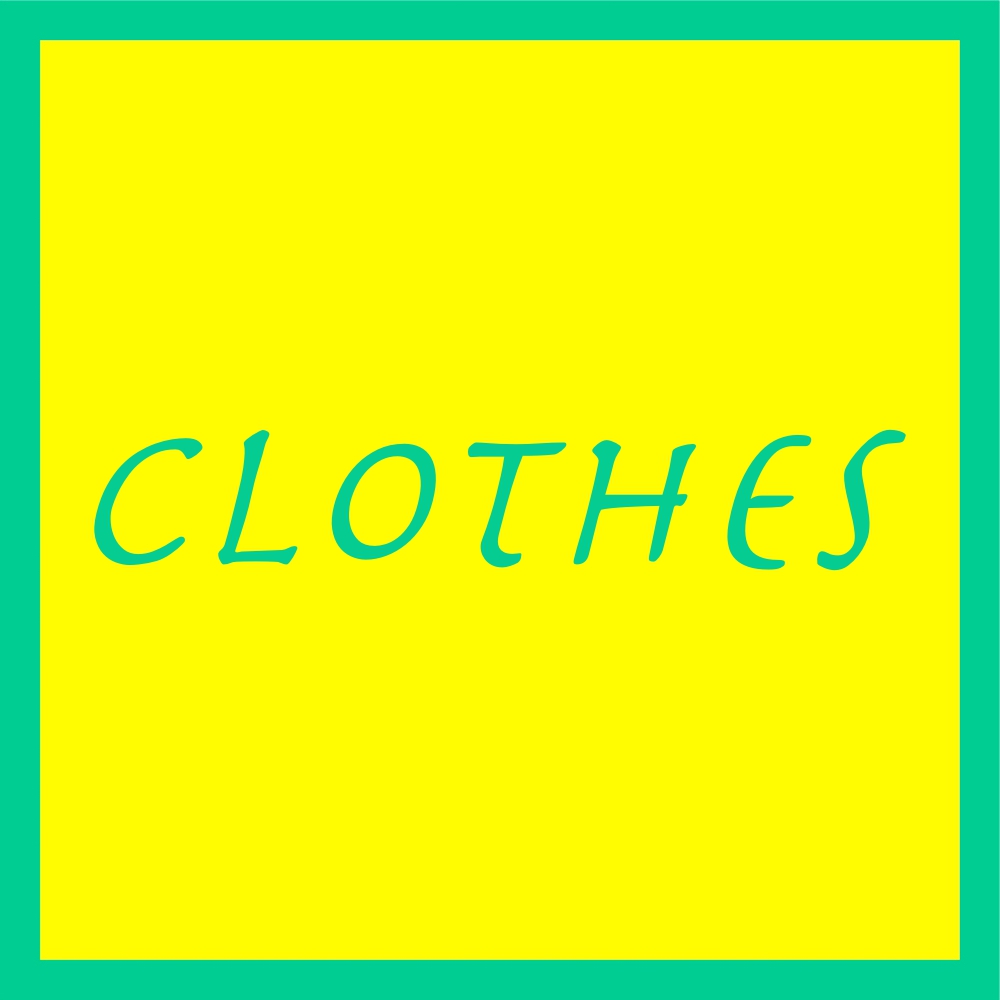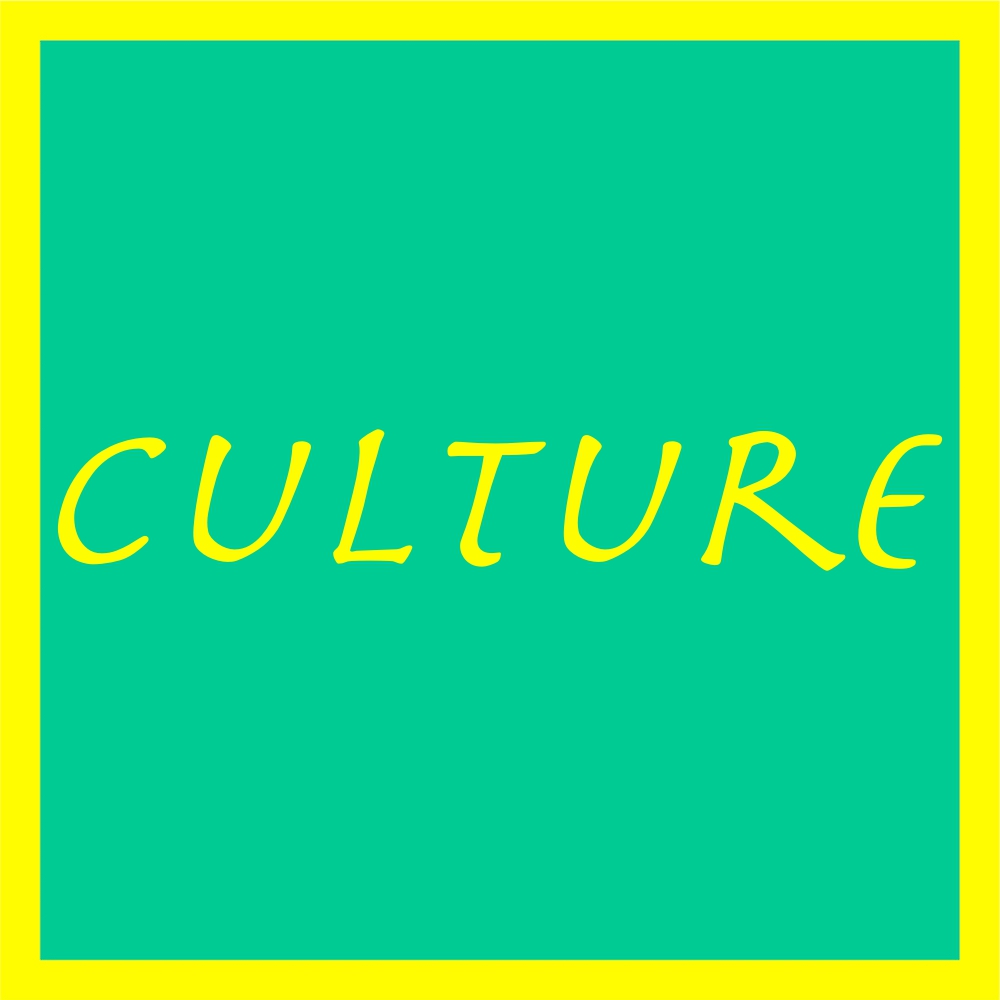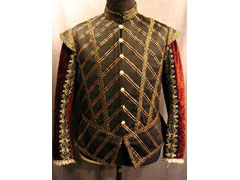




Back to the Intro Page







A law banned poor people from wearing colourful clothing made of silk. They had to use cheap material like wool, sheepskin or linen and use natural dyes which only produced brown, yellow, orange or green. Only royals or nobles could wear jewellery in public. Rich men wore coloured stockings and breeches that went to the knee with linen shirts under a padded jacket which was fastened with buttons and called a doublet. Shirts were frilled at the neck and wrists. From about 1560AD men also wore starched collars called ruffs, sometimes as wide as 10 inches (30cms). Hats were also tall for the wealthy men, also being 10 inches above the head. After 1572 by law all men except nobles had to wear a woollen cap on Sundays. Rich women would have a wooden frame called a farthingale under their long skirts to make the skirts stand out and make their waists look thinner. They also wore corsets under the bodice. Nearly all rich people wore their hair shoulder length. Some Tudor women wore wigs, including Queen Elizabeth and Mary Queen of Scots. When Mary was beheaded her wig came off. The poor still had simple tunics over tights for men and long woollen dresses and an apron for women who also would wear a cloth bonnet. Women did not normally wear knickers but some men wore linen shorts as underwear. Producing wool was a major industry. After shearing the sheep, usually with iron shears, the wool was combed into strands, spun into a yarn on a spinning wheel and then woven on a loom. The cloth would then be cleaned, thickened and dyed. England exported wool all over Europe.
Back to the Houses of Lancaster and York Hoots - ClothesForward to the Stuarts Hoots - Clothes

